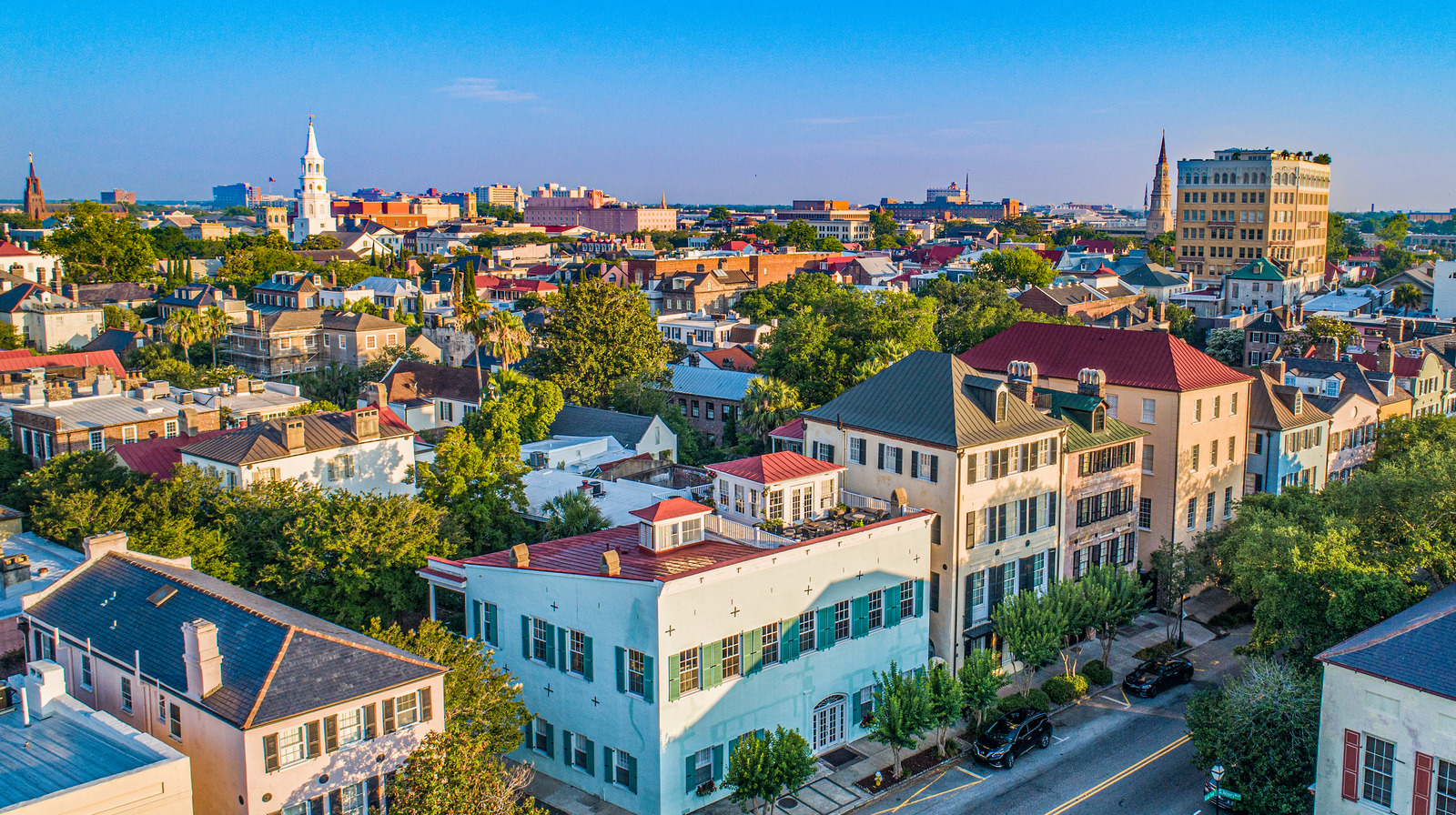
Charleston, South Carolina: Storm Surges Threaten Historic WaterfrontCharleston, South Carolina: Storm Surges Threaten Historic Waterfront Charleston, South Carolina, renowned for its charming antebellum architecture and historic waterfront, faces an alarming threat posed by the increasing intensity and frequency of storm surges. As climate change continues to intensify, the city’s iconic coastline is being put at risk. Storm surges, caused by the combination of high winds and low atmospheric pressure during hurricanes and tropical storms, have the potential to inundate low-lying coastal areas. Charleston, with its extensive network of canals and waterways, is particularly vulnerable to these surges. In recent years, Charleston has witnessed a worrying pattern of increasingly powerful storms. Hurricane Matthew in 2016 brought a storm surge of over 7 feet, flooding streets and damaging waterfront properties. Hurricane Irma in 2017 threatened the city with a potential surge of up to 12 feet, prompting widespread evacuations. The historic waterfront district, home to iconic landmarks such as Rainbow Row and the Battery, is highly susceptible to storm surge flooding. These structures, many of which were built centuries ago, are not designed to withstand the forces of modern-day storms. The potential consequences of a major storm surge in Charleston are dire. Flooding can damage infrastructure, disrupt businesses, and displace residents. Historic buildings, a key part of the city’s cultural identity, could be irreparably damaged or even destroyed. In response to this growing threat, Charleston has launched several initiatives to mitigate the risks. The city has invested in floodwalls and pump stations to improve drainage and reduce the impact of surges. It has also developed evacuation plans and disaster preparedness programs to ensure the safety of residents during emergencies. However, these measures may not be sufficient to fully protect Charleston from the effects of increasingly severe storm surges. Experts believe that more ambitious efforts, such as elevating buildings and restoring coastal habitats, are needed to ensure the long-term sustainability of the city. As climate change continues to fuel the intensity of storms, Charleston and other coastal communities face a crucial challenge in finding ways to adapt and protect their vulnerable infrastructure and cultural heritage. The preservation of historic waterfronts, while ensuring the safety and resilience of residents, remains a pressing concern that requires ongoing attention and investment.
Posted inNews